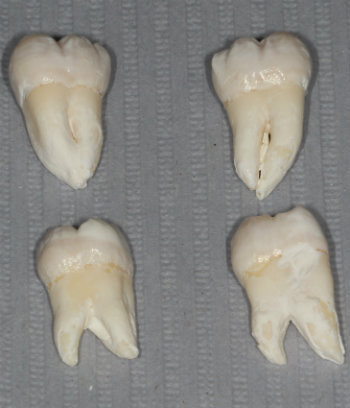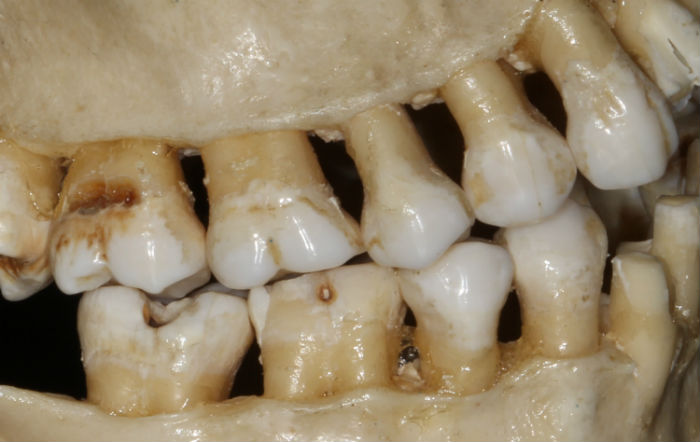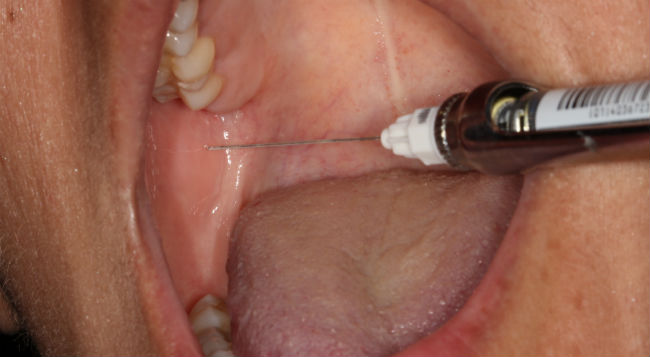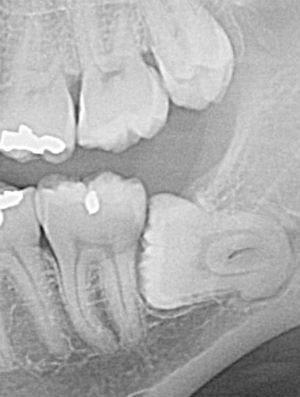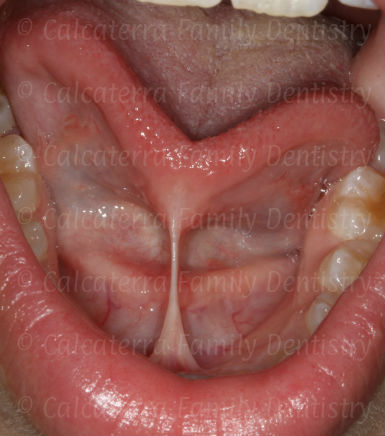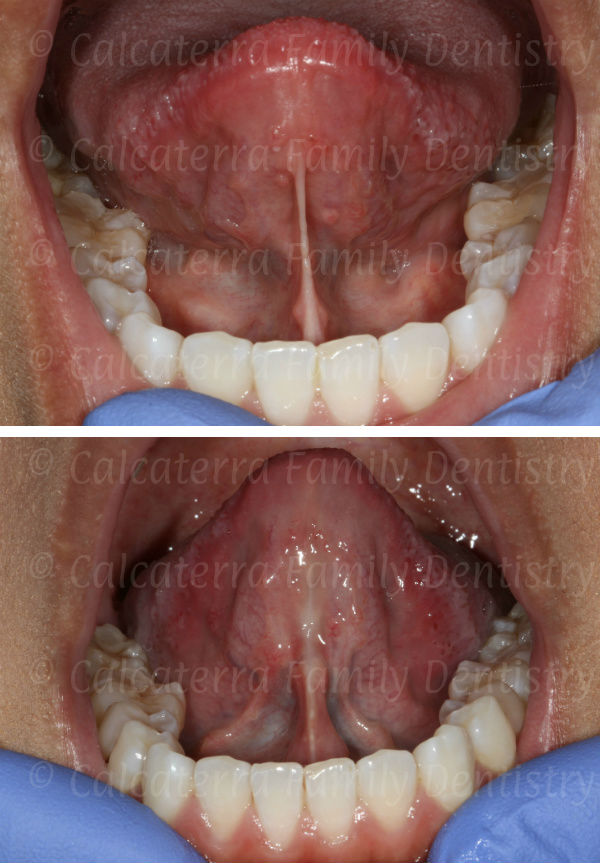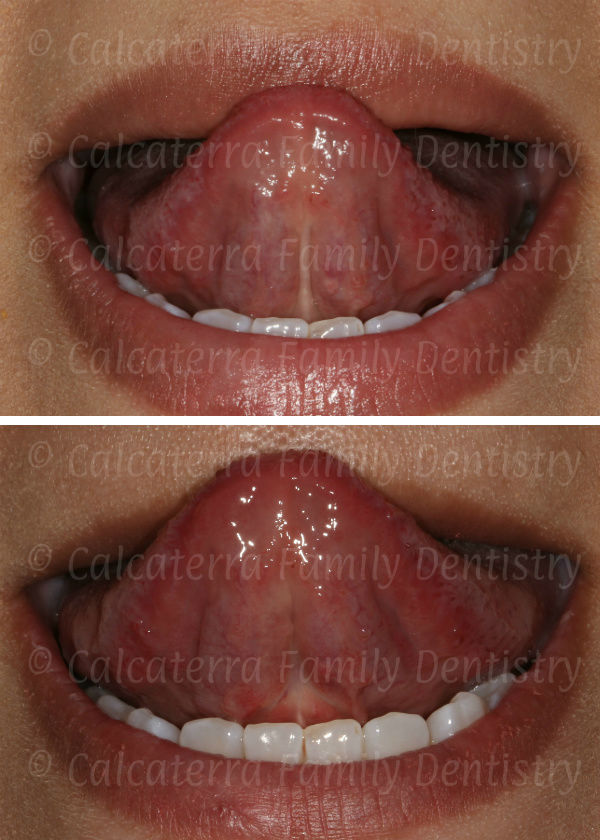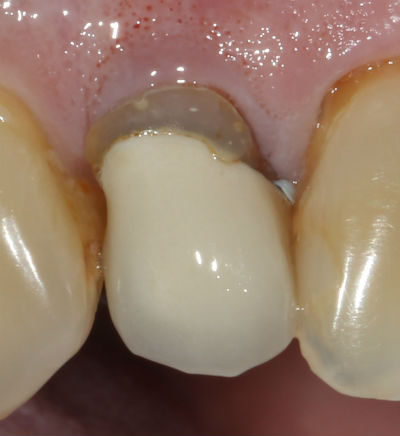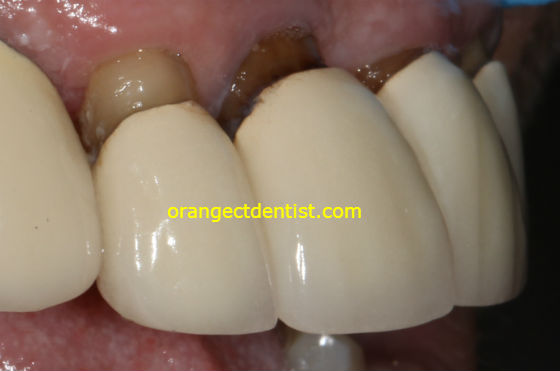
This makes many people nervous.
Fear of needles, often times referred to as trypanophobia, is a very common phobia. Fear of the dentist, also called odontophobia, is frequently seen in patients who are phobic of injections, needles, or other sharp objects.
Then end result is a patient who is terrified of coming to the dentist.
How do we overcome these fears, including needle phobia? With IV sedation.
But, it doesn’t take a rocket scientist to notice the irony in the above statement. After all, how are you going to overcome a fear of needles by sticking a needle into a vein in someone’s arm?
Think it’s impossible? Think again! Read on to learn how we do it.
About IV Twilight Sedation
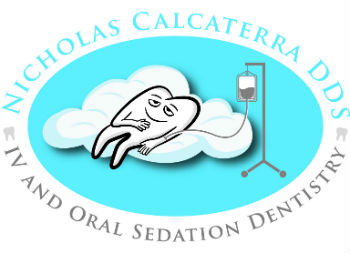
You will feel like you are floating in the clouds. No fear of needles up here!
IV sedation, frequently called twilight sedation, as the name would imply, puts you into a twilight state. But what is a twilight state?
A twilight state is a level of sedation in which you are very sleepy, your eyes are heavy, all your anxieties are gone, and you don’t care what’s going on. You may fall asleep. And you will likely have no memory of anything that occurred when you are in the twilight state.
Our experience treating thousands of fearful patients is that for the majority of them – 99.9% – we can overcome trypanophobia and odontophobia – using IV sedation. If you’re floating in the clouds, your fears are long gone!
About Fear of Needles
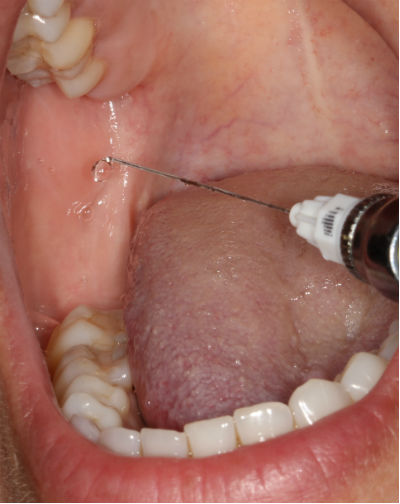
The thought of this makes some patients very scared
Fear of needles is quite common. How common? Depending upon the source, approximately 20% to 22% of the population. In fact, there is even a diagnostic medical code for it (F40.231 for those interested).
Needle phobias are associated with health care avoidance. The result is that patients delay/defer/postpone medical and dental treatment over this. Based on our experience, we then see patients coming in severe pain – pain that has lasted for months – because they avoided treatment due to trypanophobia and/or odontophobia.
But phobic patients can get over their fears and get treatment done – under the right conditions.
How We Overcome Trypanophobia
As stated earlier, we can get you over your needle phobia using twilight sedation. But if you’re afraid of the needle, how do you get an IV in?
We get the IV in without you even knowing it. Here’s how:
- We give you a relaxing pill to take the morning before your appointment. This makes you super relaxed so by the time you arrive, half of your fear of needles is already gone.
- We begin to administer nitrous oxide. By itself, the nitrous makes you very relaxed. But combined with the relaxing pill, you won’t even feel us scanning your arm for veins.
- We place a little numbing agent (lidocaine to be exact) into the site.
- Next thing you know, the IV is in, and you didn’t even feel it. Nor did you care!
At this point, we are all ready to begin. We begin the sedation, and all the fears dissipate. It’s that simple.
Watch us Overcome Trypanophobia
Want to see us overcome this fear? See us get an IV in without a hitch. Watch this video:
Or you can view the video directly on YouTube or visit our amazing YouTube channel. We bet this video convinced you that we can overcome nearly any fear with sedation!
 Are you afraid of needles or the dentist? Interested in sedation? We are one of Connecticut’s most experienced sedation dentistry offices. Call us at (203) 799 – 2929 or visit this page to request an appointment.
Are you afraid of needles or the dentist? Interested in sedation? We are one of Connecticut’s most experienced sedation dentistry offices. Call us at (203) 799 – 2929 or visit this page to request an appointment.
